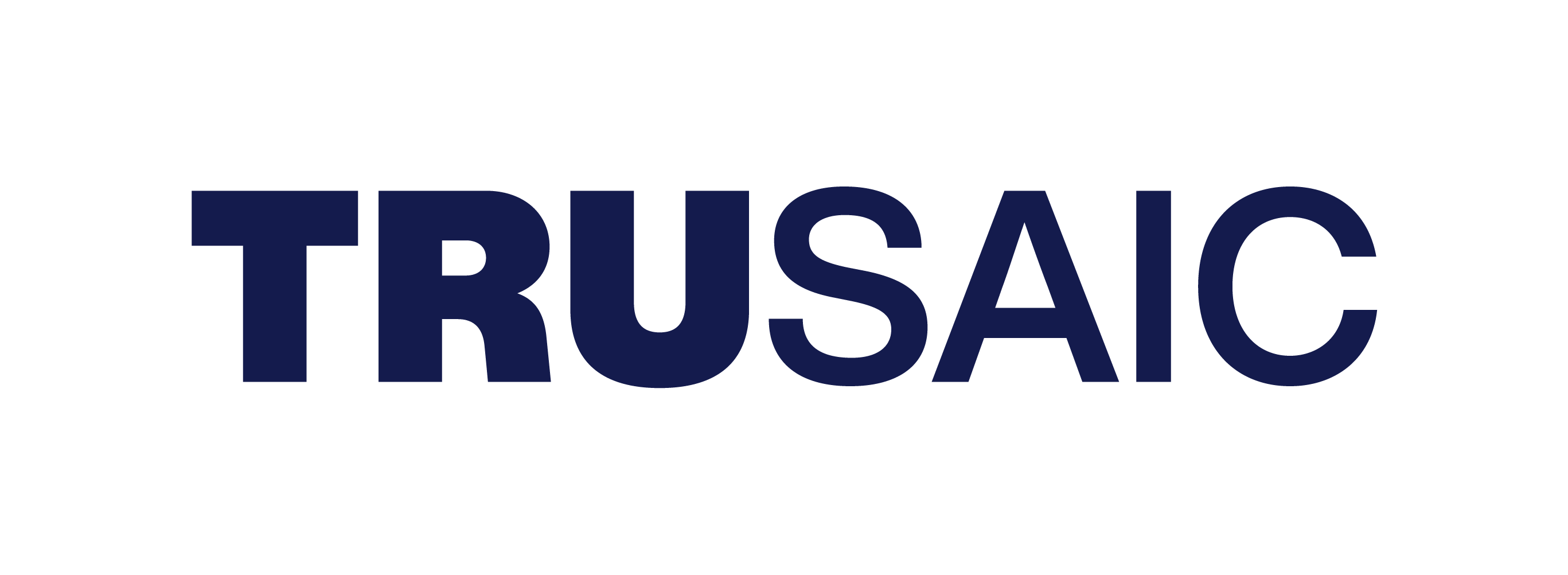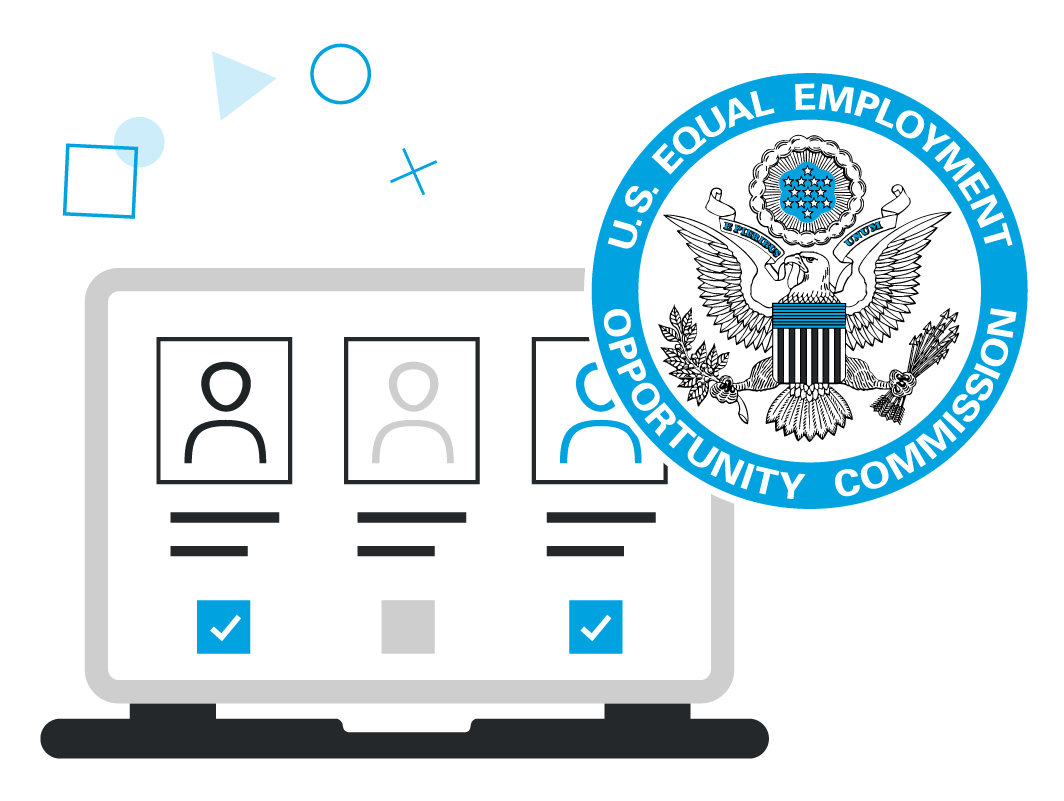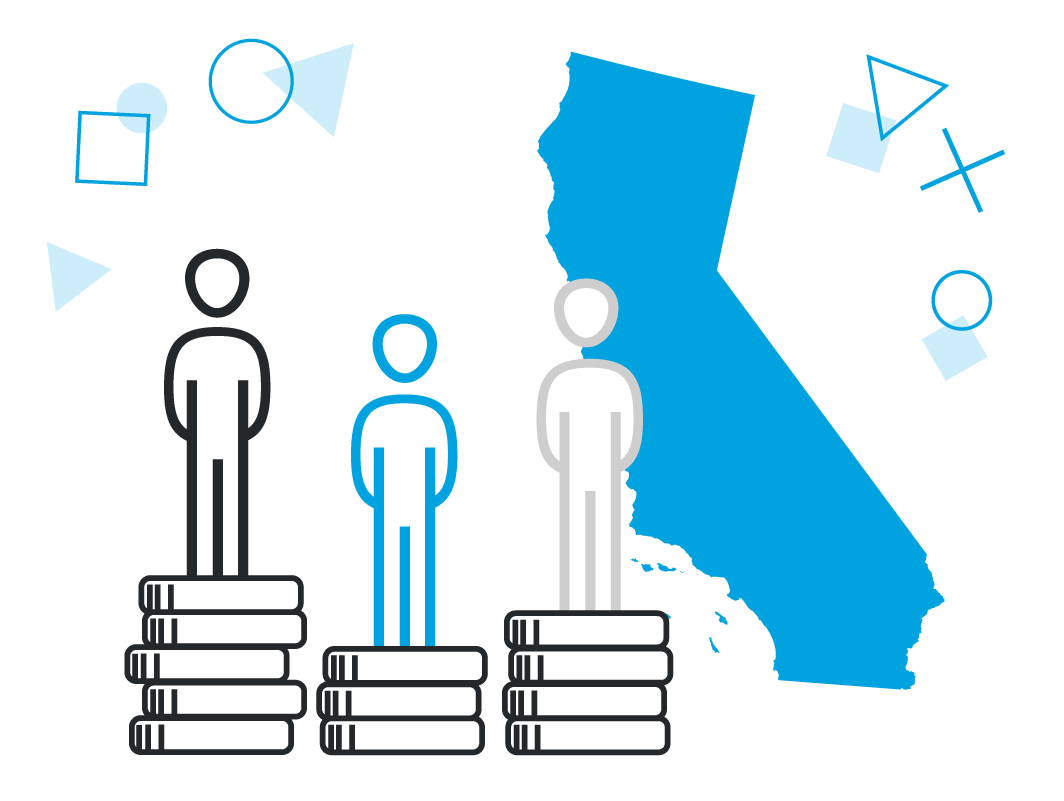
![]()
Over time, athletes have become real-life superheroes. Whether it’s through their perceived superhuman strength and performance in their respective sports, or through their growing level of celebrity thanks to social media platforms, the visibility of athletes has far exceeded that coveted spot on a Wheaties box. And they’ve been compensated generously for that – or at least in male athletes’ cases. It’s a thinly veiled secret that the pay disparity between male and female athletes is significant. Female athletes have fought for their ability to be recognized and, in turn, find ways to profit off that recognition. However, as the growing trend leans in favor of pay equity across the board, the tides are changing for women in sports as well.
In 2015, one study found that female athletes represent 40% of the total in sports, yet their coverage in the media sits below 4%. Less visibility in the media means less recognition and less recognition means fewer openings for even outside lucrative opportunities like endorsements. The reasoning for a pay gap, to begin with, is layered. Women who rise to the top often do so because they are singled out. Take former mixed martial artist and WWE alum Ronda Rousey or even former professional race car driver Danica Patrick. During their respective heydays, both athletes were able to rise up, achieve acclaim, and find a way to earn big. However, with team sports, that’s far more difficult for women, as revealed by their compensation. Perhaps the only sport to have a degree of pay equity is tennis, but again, female tennis players (like Serena Williams, for example) are singled out.
Forbes also reported that the aforementioned Williams, along with other tennis players like Maria Sharapova and Li Na, have made the Forbes lists a number of times. While tennis may be the only somewhat consistent example of pay equity, other sports are looking to close the pay gap as well.
In January, a new contract with the WNBA was proposed, wherein top WNBA players could make in excess of $500,000: triple the amount from the year prior. Further, the new agreement would allow for paid maternity leave, increase salaries for players by almost 83%, and radically change the pay structure that has been in place since the WNBA’s start in 1997. This contract would last for eight years, ending in 2027.
Considering how much male basketball players are paid (with many in excess of millions), these small steps for female basketball players are monumental but indicative of the glaring imbalance. In soccer, where female players in the U.S. have in recent years excelled more than their male counterparts, a gender discrimination lawsuit was filed in 2019 and continues to this day.
Other sports have joined in this fight, and athletic brands are increasingly learning how to address gender-based pay disparities. Take Nike, who in 2019 put a stop to penalizing their sponsored athletes once they became pregnant.
Much like building muscle and increasing skill in a sport, this too will take time. As more disparities are flagged, more changes can come.



